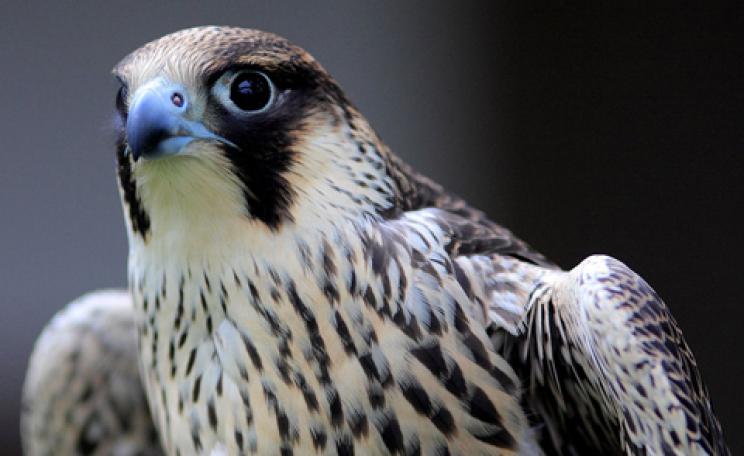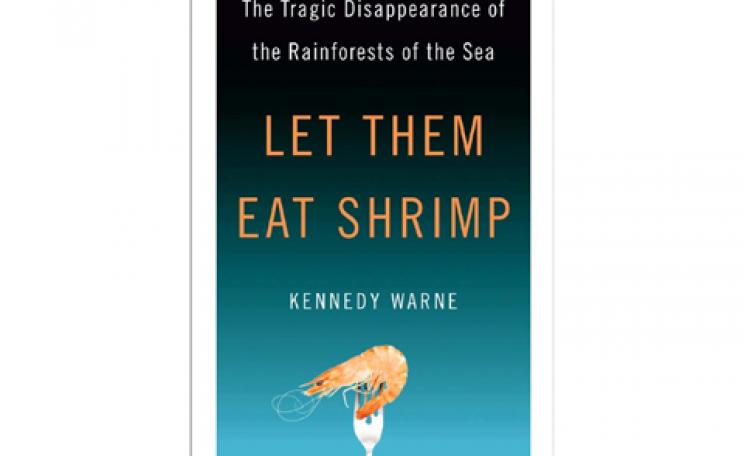After working as a session guitarist in 60s New York and Boston, Bernie Krause became something of a pioneer in electronic sounds, and, along with the Los Angeles studio musician Paul Beaver, produced music and effects for film and TV shows including Apocalypse Now, The Twilight Zone and Bewitched. But it wasn’t until 1968, when Warner Brothers commissioned the duo to produce a set of albums featuring extensive segments of ‘wild sound’, that Krause first began making field recordings of nature.
With Beaver reluctant to step outside of the studio, Krause set off on his own, his trusty portable recorder and earphones in hand, to record the sounds of California’s Muir Woods National Monument. The experience was a revelation. The mic’ed-up sound of wind breezing through the coastal redwoods entranced Krause. His characteristic descriptive style, a combination of the highly visual and expertly technical, revels in the sound of a ‘few birds flew overhead through the stereo space... the slow cadenced edge-tones of their beating wings a diaphanous mix of whirr and shush.’
After this first experience, he concludes ‘I realised, even then, that wild sound might contain huge stores of valuable information just waiting to be unraveled.’ And so Krause began what would become a life-long mission to record nature’s music, seeking the primal symphonies of the wild. By the end of the book, it’s hard to find a location Krause hasn’t recorded. He has a close run-in with a jaguar while recording the midnight ambience of the Amazonian jungle; he drops a hydrophone - an underwater microphone - into a melting pool to record the sound of ice masses collapsing in Southeast Alaska and is thrown through the air by a gorilla who didn’t take kindly to his attempts to record their communications. But The Great Animal Orchestra is more than a collection of weird and wonderful tales about wildlife. Krause’s tale is a two-dimensional one. He begins with his reflections on a lifetime spent recording biophonies and geophonies, as he describes the sounds of non-human animals and the elements respectively, before shifting into a tract on the need for greater preservation of the - rapidly diminishing - parts of the world free of anthrophony - intrusive human noise.
Krause’s well-honed expert voice is the perfect guide through the complexities of sound. He explains the technical terminology well, never shying away from in-depth discussion while largely steering clear of any alienating jargon: you can be assured of a confident grasp of what an acoustic envelope is through Krause’s direction. Equally, fact-lovers will enjoy his examples: the sound levels generated by toothed whales, for instance, ‘if produced in the air, would be equivalent to a large-bore firearm being discharged a few inches from your ear.’ If there is a downside to The Great Animal Orchestra, it’s that the broad themes of the chapters, with names like ‘Voices from the Land’ and ‘Different Croaks for Different Folks’, allow Krause to frequently shift from argument to anecdote and back again. While this serves him well for a great deal of the book, it can occasionally become repetitive, turning into a slightly fuzzy travelogue/philosophy hybrid. Equally, one chapter, ‘Fog of Noise’, which deals with the variety of human-generated noise, sees Krause becoming a little grumpy: he complains about sound levels in restaurants and the overuse of flashy sound effects in films, stating ‘When Kat [Krause’s wife] and I go to the movies, we take earplugs.’ Set alongside the wonderment of the tropical soundscapes we travel through, these grievances feel like a dissonant note.
However, these are only minor detractions from what is a wonderfully varied and tenderly-told reflection on a life’s work in a brilliant, and perhaps under-documented, field. While the nicheness of the book’s topic may put some readers off, it shouldn’t; Krause’s experiences have given him a unique standpoint from which to observe the decline of areas of true, untouched wilderness. Towards the end, he notes that almost 50 per cent of the habitats he has recorded have now been ‘seriously compromised - if not biophonically silent’, only extant now in his library of tapes. But instead of ending with regret, he offers, as he says, a ‘Code of Hope’: where these ‘sonic monuments’ exist, they offer ‘awesome revitalisation and inspiration’. Based on Krause’s extensive experience of these localities, his call to respect them and leave them intact is all the more compelling.
The Great Animal Orchestra: Finding the Origins of Music in the World’s Wild Places by Bernie Krause (£12.99, Profile Books) is available from Amazon
| READ MORE... | |
 |
REVIEW The World’s Heritage Championing conservation and shining a spotlight on some of the planet’s most iconic places, UNESCO's latest tome, The World’s Heritage, is an inspiring read, says Ruth Styles |
 |
REVIEW Arctic Sanctuary: Images of the Arctic National Wildlife Refuge An evocative combination of stunning photography and beautiful prose drives home the natural wonder of the Arctic in Jeff Jones and Laurie Hoyle’s wonderful book |
 |
REVIEW Arctic: Treasure of the North Authors Bernd Römmelt and Thomas Henningsen have captured the Arctic’s stunning beauty and documented the struggle to survive in the face of climate change, says Priyanka Mogul |
 |
REVIEW Extreme Insects Entomologist and journalist Richard Jones never fails to entertain, amuse and educate where bugs are concerned and Extreme Insects is no exception; even when, quivers Ruth Styles, you’re scared of them |
 |
REVIEW Saving the World’s Wildlife: WWF’s First Fifty Years Written to coincide with the WWF’s half century, Saving the World’s Wildlife is a fascinating account of the 50-year history of the world’s most famous eco charity |







